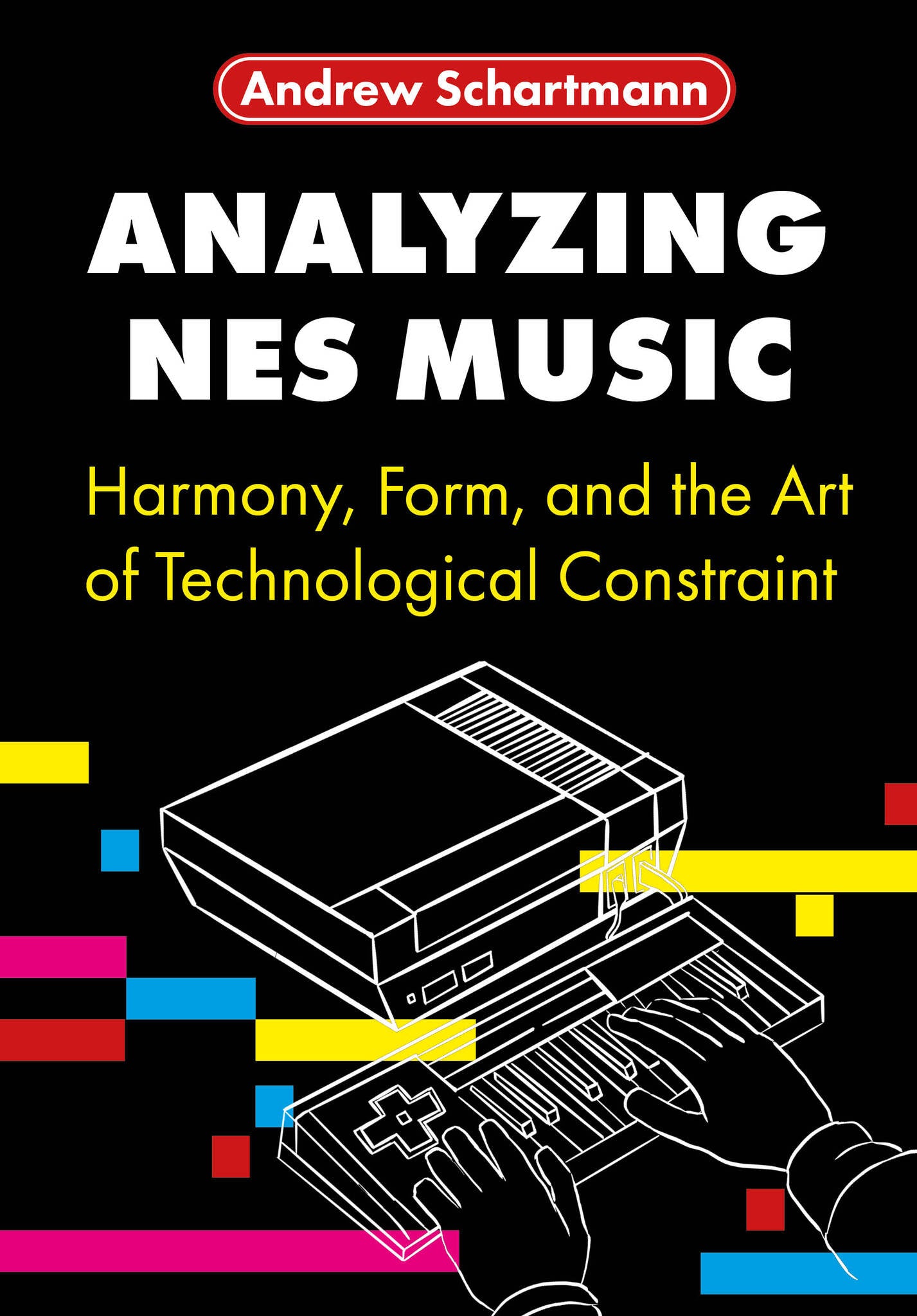We're sorry. An error has occurred
Please cancel or retry.
Analyzing NES Music

Some error occured while loading the Quick View. Please close the Quick View and try reloading the page.
Couldn't load pickup availability
- Format:
-
23 May 2025

This study of five of Nintendo’s landmark music scores offers new insights into video game music composition and creativity with limited technology.
Faced with severe technological constraints on system memory, composers of the Nintendo Entertainment System (NES) sought ways to disguise repetition in music that repeats extensively. Their efforts gave rise to a set of compositional techniques for creating the illusion of variety.
Andrew Schartmann distills these techniques into a theory of harmony and form for the analysis of NES music. It then uses this theory to analyze five landmark scores of the NES era: Super Mario Bros., Dragon Warrior, Metroid, Mega Man 2, and Silver Surfer. Both theory and analysis are scaffolded by a detailed description of the NES hardware and its attendant constraints, highlighting the ever-evolving dialogue between technology, commercial demand, and artistic sensibility that characterizes video game music of the 1980s and 1990s.

MUSIC / Genres & Styles / Electronic, Music, MUSIC / Instruction & Study / Theory, MUSIC / Genres & Styles / General, Digital, video and new media arts, Popular music

List of Examples
List of Figures
Acknowledgements
Introduction
PART I - TECHNIQUE
1 - Technology
2 - Loops & Modules
3 - Harmony
4 - Modular Composition
5 - Layered Composition
PART II - ANALYSIS
6 - Super Mario Bros. (1985)
7 - Dragon Warrior (1986)
8 - Metroid (1986)
9 - Mega Man 2 (1987)
10 - Silver Surfer (1990)
Conclusion
Glossary
Bibliography
Ludography
Index



